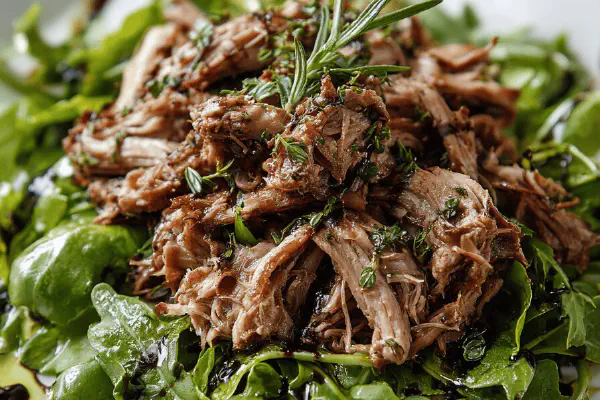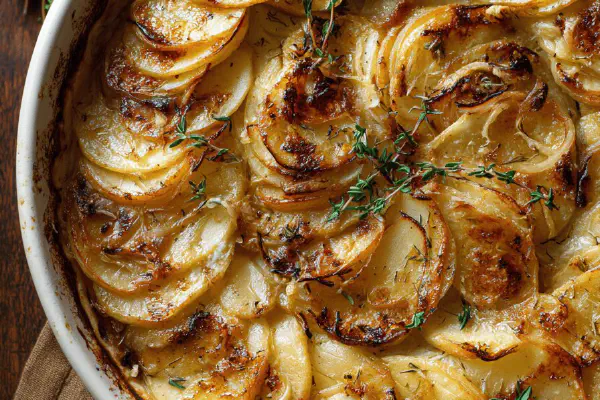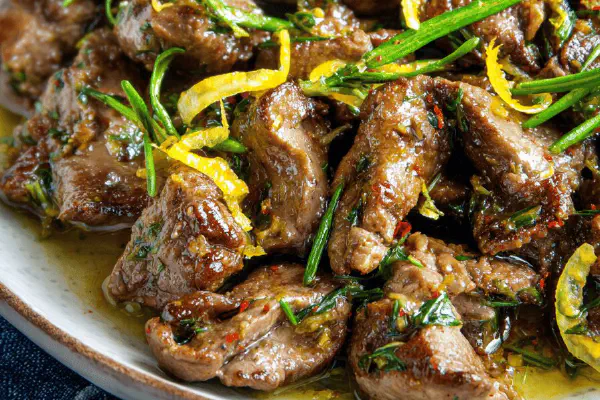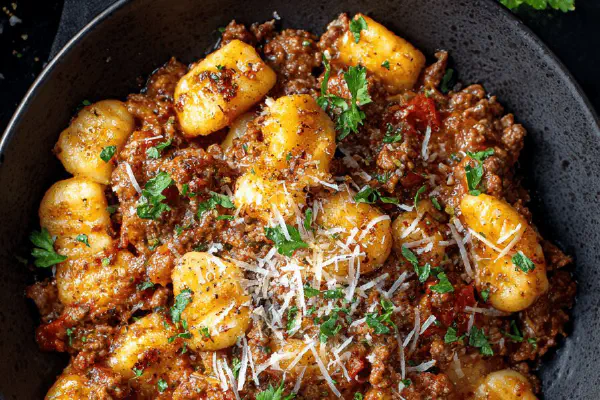Pommettes Jelly Twist
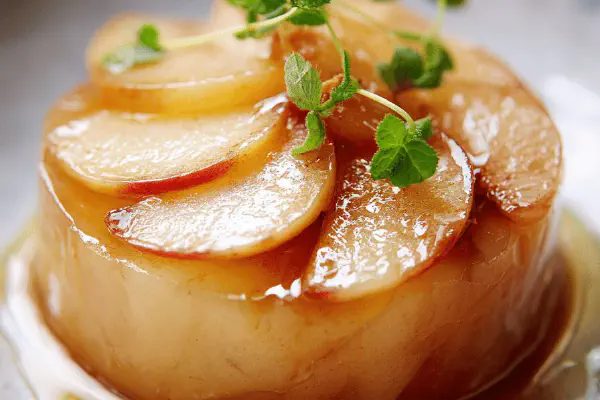
By Emma
Certified Culinary Professional
Ingredients
- 4.2 kg quartered tart apple-like pommettes with peel and seeds
- 2.1 liters cold water
- 135 ml fresh lemon juice
- 1.4 liters sugar (adjust based on juice yield)
- 1 small cinnamon stick (optional twist)
About the ingredients
Method
- 1. Toss quartered pommettes, water, lemon juice and cinnamon stick in large heavy pot. Bring quickly to rolling boil, bubbles sharp and frantic, top rim forming. Squash gently avoided: skin and seeds intact hold pectin and flavor tight. Lower heat to gentle simmer, uncovered keep the surface rippling, barely a bubble breaking surface. Cook 35 minutes, soft fruit releasing, perfume clear and tart.
- 2. Line fine mesh strainer thickly with double layers of cotton cheesecloth tightly woven, dunk set over large bowl—gravity is your friend here. Gently ladle fruit slurry into cheesecloth. Do not press or squeeze the fruit or you’ll cloud and muddy your precious juice. Let juice drip freely. Patience pays; this takes 2 hours or slightly longer depending on juice yield and temperature. You want around 1.9 to 2 liters clear juice.
- 3. Take measured juice and adjust sugar accordingly. Use 3/4 cup sugar per cup juice roughly. If juice differs, scale sugar precisely or jelly will fail. Measure carefully — yield may swing with season and fruit ripeness.
- 4. Clean pot again. Pour juice and sugar in. Bring to boil medium-high heat. Attach candy thermometer in center without touching pan bottom. Watch bubbles change character: from restless to large rolling ones that pop crisply with sizzling sound. Stir occasionally but don’t agitate too much. Skim foam and impurities off top for clarity.
- 5. Cook until 104 °C (219 °F) hits on thermometer. This point signals gel-set. Test with chilled plate (put plate in freezer beforehand): drop a dollop, tilt, it should wrinkle and not run. If not, keep simmering and test often. Overcook and jelly gets stiff and dull.
- 6. Ladle hot jelly quickly into pre-sterilized canning jars. Remove air bubbles with thin spatula. Seal tightly. Let jars cool undisturbed. Store in cool dark place. Jelly will clear as it sets, hue pale amber with subtle cinnamon notes if used.
- 7. If jelly seems soft after 24h, reboil with extra sugar or use as syrup on pancakes or yogurt.
Cooking tips
Chef's notes
- 💡 Quarter fruit with peel and seeds; they hold natural pectin and flavor. Avoid squashing or bruising skin to keep juice clear. Use firm, tart crab apples when pommettes aren’t available. Water amount matters - too much dilutes flavor and pectin; too little scorches pot early. Bring quickly to rolling boil, then reduce to barely bubbling simmer. Skim foams well during boil; foam dulls clarity and traps impurities.
- 💡 Cheesecloth lining is crucial. Double layers tightly woven cotton only; finer the better. Dunk over large bowl, gravity drip only. Don’t squeeze or press fruit slurry, juice turns cloudy and bitter. Let drip for at least 2 hours, temperature affects drip rate. Juice yield changes by batch — measure before adding sugar. Use fresh lemon juice to boost pectin activation; bottled won’t cut it.
- 💡 Sugar ratio follows juice volume closely. Roughly 3/4 cup per cup juice; scale precisely to avoid jelly failure. If fruit is less tart or sweeter, adjust lemon and sugar balance carefully. Honey can substitute some sugar but softens set and darkens color. Keep jars cool after filling or jelly softens unexpectedly. Use sterilized jars and tools to prevent mold and spoilage.
- 💡 Monitor bubbles when boiling juice and sugar. At first, restless chaotic bubbles shift to large rolling pops—listen closely. This signals gallant approach to jelly set temperature near 104°C. Thermometer must avoid pan contact, read center of liquid. Test plate in freezer; drop cooled dollop and tilt—wrinkles without running means gel-set. Overcook and jelly dulls, stiffens unevenly.
- 💡 Flavor twists: swap lemon with cinnamon stick for subtle woodiness, but don’t boil stick too long or bitterness creeps in. If jelly feels too soft after 24h, reboil with extra sugar or use as syrup. Patience matters; never rush drainage or boiling steps. Keep spare juice on hand, just in case batch fails gel. Skim foam constantly for clarity and purity. Adapt sugar-juice ratio for fruit ripeness and season.
Common questions
Why no pressing fruit for juice?
Pressing crushes skin and seeds, releases bitter tannins. Juice clouds, jelly dulls. Gravity drip keeps juice clear with natural pectin intact. Cheesecloth must be tight weave. Patience runs long here, not shortcuts.
Can I use honey instead of sugar?
Honey softens jelly set, darkens color. Use less than sugar replacement or mix both. Texture changes, thicker but less firm gel. Flavor richer, less tart finish. Alternative sugars like raw cane add depth but keep basic ratio.
Jelly too soft after cooling?
Reboil with some extra sugar. Boil till 104°C gels again. Could be low pectin fruit, temperature off, or rushed cooldown. Keep handy extra juice for rescue batch if needed. Syrup fallback works if jelly set won’t come.
How to store jars after sealing?
Cool completely undisturbed in dark place. Avoid heat swings to prevent softening or crystals. Fridge good short term once open. Long term dark, cool pantry. Sterilize jars properly before use; contamination spoils jelly fast.
